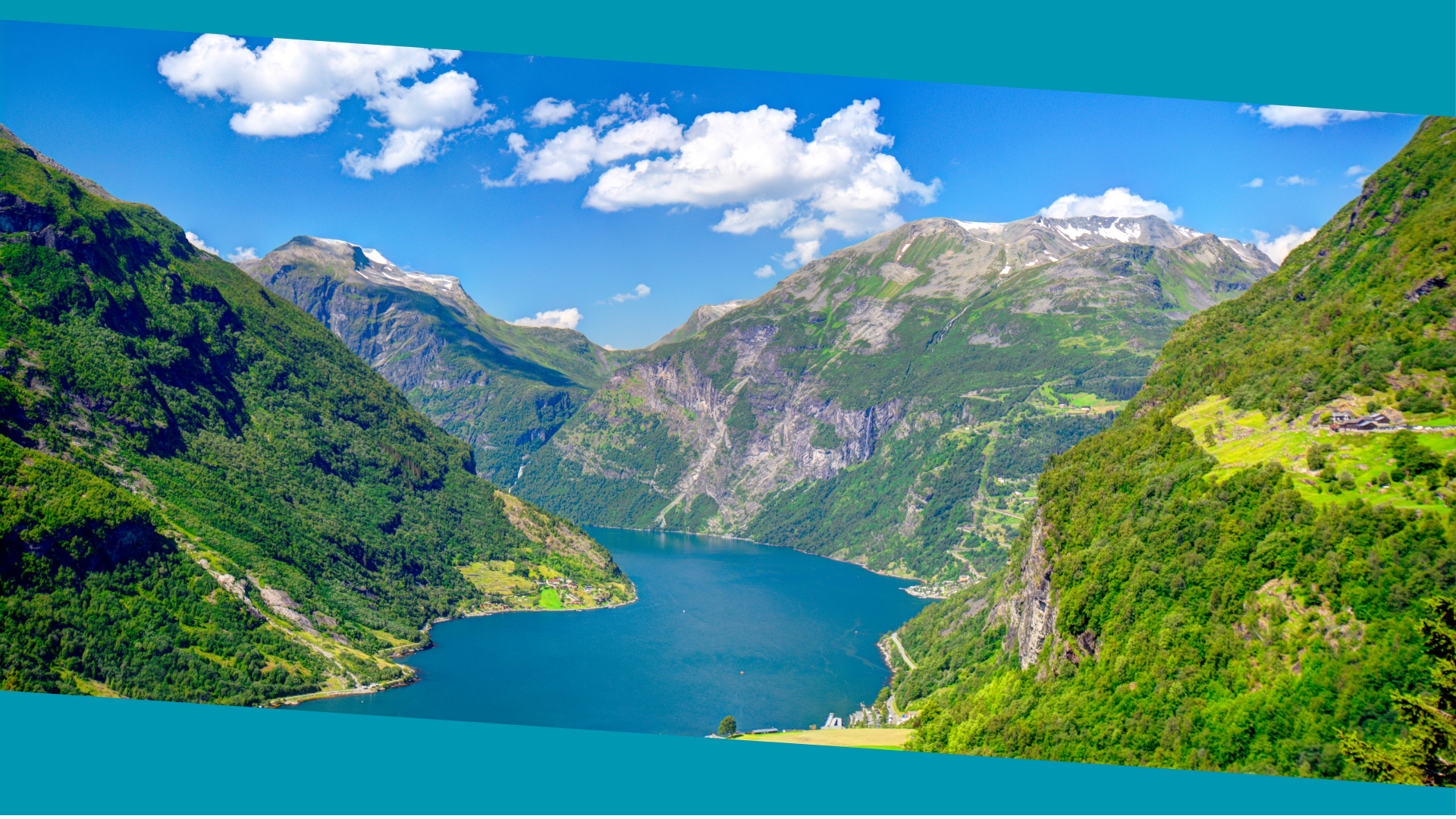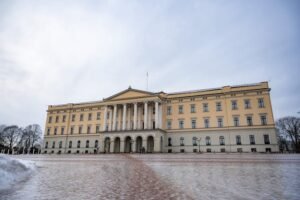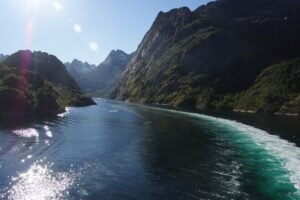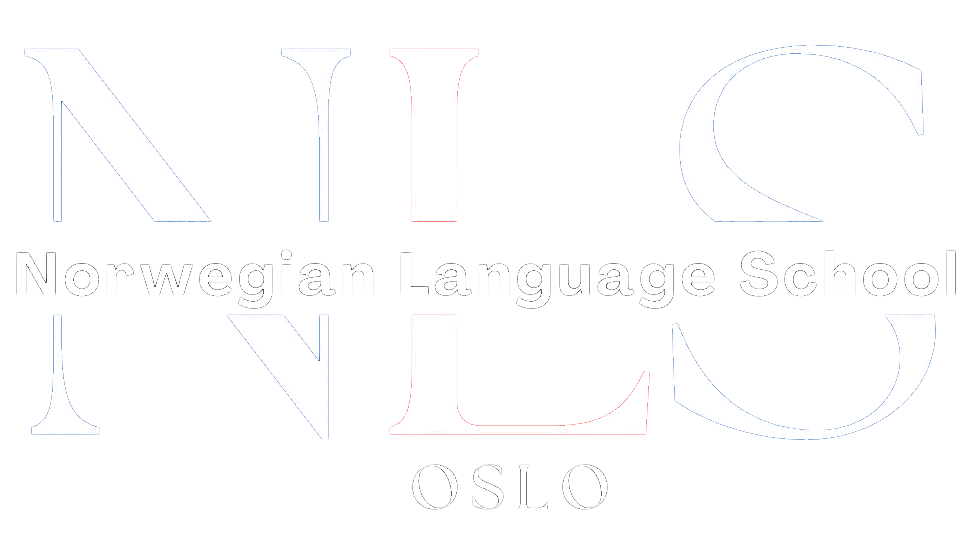Have you ever wondered about the epic tales of gods and goddesses that captivated the ancient Norse people? Norse mythology is a rich tapestry of ancient beliefs and legends, filled with powerful deities who shaped the world. In this article, we will embark on a journey through the realms of Asgard and Vanaheim, uncovering the fascinating stories of the gods and goddesses that make up the Norse pantheon.
From the mighty Aesir gods who reign in Asgard to the mysterious Vanir gods who dwell in Vanaheim, each deity has a unique role and story. Discover the creation of the Norse cosmos and learn how the gods shaped the world as we know it. Delve into the captivating tales of Odin, Thor, Freya, and more, as we explore the divine realm of Norse mythology.
Table of Contents
ToggleKey Takeaways:
- Explore the fascinating world of Norse mythology and the powerful gods and goddesses that populate it.
- Uncover the creation of the Norse cosmos and the role played by the gods in forming the world.
- Learn about the prominent Aesir gods of Asgard and their significant contributions to Norse mythology.
- Discover the stories and significance of the Vanir gods who reside in Vanaheim.
- Shine a spotlight on the powerful goddesses of Norse mythology and their roles in the pantheon.
Introduction to Norse Mythology
Before we embark on a journey to uncover the intriguing gods of Norse mythology, let’s take a moment to explore its foundations and the pantheon of deities that make up this rich and captivating belief system.
Norse mythology is a collection of ancient stories and myths that originated from the Scandinavian region. It encompasses a vast array of tales, creating a complex and interconnected web of gods, goddesses, heroes, and supernatural beings.
At the heart of Norse mythology lies the Norse pantheon, a divine family tree comprised of powerful gods and goddesses who are worshiped and revered by the ancient Norse people. These deities are believed to reside in various realms, each with its own significance and unique set of characters.
To truly appreciate the intricate tales and understand the roles that these gods play, it is crucial to have a solid understanding of the world in which they exist and the pantheon in which they are situated.
In the next sections, we will journey through the creation of the Norse cosmos, explore the mighty Aesir gods of Asgard, uncover the stories of the Vanir gods of Vanaheim, and shine a spotlight on the powerful goddesses who hold their own in this mythological realm. Get ready to be captivated by the extraordinary tales of valor, magic, and adventure that await you in Norse mythology.
The Creation of the Norse Cosmos
In Norse mythology, the creation of the cosmos begins with the primordial void known as Ginnungagap. This vast emptiness, devoid of light and form, existed before the existence of time and space as we know it. It is from this void that the Norse pantheon, the gods and goddesses of Norse mythology, came into being.
One of the first beings to emerge from Ginnungagap was Ymir, the primeval giant. From Ymir’s body, the world was formed. His flesh became the land, his blood the seas and oceans, and his bones the mountains. Ymir’s skull then became the sky, held up by four dwarves, Nordri, Sudri, Austri, and Vestri, positioned at the cardinal directions.
“From Ymir’s flesh the earth was created,
From his blood, the sea and the ocean,
Mountains from bones, trees from his hair,
And the sky from his skull, held up by dwarves.”
– Norse Creation Myth
The Role of the Gods
The Norse gods played a crucial role in shaping the newly formed cosmos. The gods imbued life into the natural elements and bestowed order upon the world. Odin, the Allfather, and his brothers Vili and Vé were instrumental in shaping the landscape and establishing the framework of the Norse cosmos.
Odin, the chief god in Norse mythology, endowed humans with the gift of consciousness and breath, while his brothers shaped the earth and sky. With their combined efforts, they transformed the chaotic and raw world into a harmonious and livable place for both gods and mortals.
A Visual Representation of the Norse Creation Myth
| Element | Created From |
|---|---|
| Earth | Ymir’s Flesh |
| Seas and Oceans | Ymir’s Blood |
| Mountains | Ymir’s Bones |
| Sky | Ymir’s Skull, held up by four dwarves |
| Trees | Ymir’s Hair |
The Norse creation myth serves as a foundation for the dynamic and complex world of Norse mythology. It highlights the deep connection between the gods and the natural elements, as well as their active involvement in shaping the cosmos. This rich lore continues to captivate and inspire people to this day.
The Aesir: Gods of Asgard
In Norse mythology, the Aesir are a formidable group of gods who reside in the majestic realm of Asgard. Known for their power and influence, the Aesir play a significant role in Norse mythology and are central figures in many tales and legends.
One of the most prominent Aesir gods is Odin, the Allfather and ruler of Asgard. He is often depicted as a wise and mysterious figure, associated with knowledge, war, and poetry. Odin is accompanied by his two ravens, Huginn and Muninn, who bring him news and serve as symbols of his wisdom.
Another notable Aesir god is Thor, the god of thunder and son of Odin. Known for his immense strength and his mighty hammer, Mjolnir, Thor is a protector of both gods and humans. As the defender of Asgard against giants and other threats, Thor symbolizes the power and resilience of the Aesir.
Other important Aesir gods include Tyr, the god of law and justice; Heimdall, the guardian of the Bifrost bridge that connects Asgard to the other realms; and Baldur, the god of light and purity. Each Aesir god possesses unique attributes and responsibilities, contributing to the complex tapestry of Norse mythology.
The Aesir Gods in Norse Mythology
“The Aesir gods of Asgard exemplify the might and majesty that define Norse mythology. From Odin’s wisdom to Thor’s thunderous power, each Aesir god brings a dynamic presence to the pantheon, shaping the fate of gods and mortals alike.”
The stories and legends of the Aesir gods are rich with adventure, conflict, and wisdom. They provide a glimpse into the vibrant and complex world of Norse mythology, where gods wield great power and face formidable challenges. Exploring the tales of the Aesir gods allows us to delve deeper into the intricacies of Norse mythology and understand its profound impact on ancient Norse culture.
| Aesir God | Realm of Influence |
|---|---|
| Odin | Wisdom, war, poetry |
| Thor | Thunder, protection |
| Tyr | Law, justice |
| Heimdall | Guardianship, Bifrost |
| Baldur | Light, purity |
The Vanir: Gods of Vanaheim
The Vanir gods are an integral part of Norse mythology, residing in the enchanted realm of Vanaheim. These deities bring a unique and mystical energy to the Norse pantheon, embodying aspects of fertility, prosperity, and nature.
The Significance of the Vanir Gods
Unlike the Aesir gods who dwell in Asgard, the Vanir gods are associated with the realm of Vanaheim. They are known for their deep connection to the natural world and their ability to influence its cycles.
The Vanir gods hold sway over vital aspects of life, such as fertility, agriculture, and abundance. They bring bountiful harvests, bless unions with fertility, and ensure the vitality of the earth.
The Vanir Gods and their Stories
“Freyja, the Vanir goddess of love and beauty, is one of the most revered deities in Norse mythology. She is associated with fertility, desire, and passion. Freyja possesses the falcon-feathered cloak that allows her to travel through the nine realms. She is also skilled in seiðr, a form of magic closely tied to fertility and love.”
“Freyr, the brother of Freyja, is the god of fertility, prosperity, and peace. He wields the mythical sword, the ‘Antler,’ which grants him incredible strength in battles. Freyr is also the divine ruler of rain, sun, and gentle winds, which sustains the growth of crops and brings abundance to the land.”
These are just a few examples of the influential Vanir gods who play a significant role in Norse mythology. Each of these gods possesses unique attributes and stories that contribute to the rich tapestry of Norse mythology.
| Vanir God | Realm | Domain | Symbol |
|---|---|---|---|
| Freyja | Vanaheim | Love, Beauty | Falcon-Feathered Cloak |
| Freyr | Vanaheim | Fertility, Prosperity, Peace | Antler |
| Njord | Vanaheim | Sea, Wealth | Ship |
Explore the tales and adventures of the Vanir gods to experience the depth and richness of Norse mythology.
Goddesses of Norse Mythology
In Norse mythology, the pantheon of gods and goddesses holds a prominent place. While the gods often take center stage, the goddesses play equally significant roles in shaping the Norse cosmos and influencing the fates of mortals. Let’s delve into the captivating stories of these powerful Norse goddesses and discover their unique powers and symbolism.
Freyja, the Goddess of Love and Beauty
One of the most revered Norse goddesses, Freyja, captivates with her beauty and enchanting powers. She is associated with love, beauty, fertility, and sensuality. Known as the leader of the Valkyries, Freyja plays a crucial role in deciding the destinies of fallen warriors and guiding them to the afterlife. Her symbol, the feline companion, emphasizes her connection with sensuality and passion.
Sif, the Goddess of Fertility and Harvest
Sif, the wife of the thunder god Thor, is adored as the goddess of fertility and the harvest. Her golden hair represents the bountiful fields, and she is often depicted with a sheaf of wheat or corn, symbolizing abundance and sustenance. Sif nurtures the earth and ensures a plentiful harvest for the people of Asgard.
Idun, the Guardian of Youth and Vitality
Idun, the goddess of youth and vitality, safeguards the precious golden apples of immortality. Her fruit grants eternal youth and rejuvenation to the gods and goddesses of Asgard. Idun’s role in preserving youth and vitality highlights the importance of rejuvenation and the cycle of life within Norse mythology.
The goddesses of Norse mythology embody a diverse range of powers and virtues, proving their immense influence within the pantheon. From love and beauty to fertility and eternal youth, these powerful deities shape the destiny of both gods and mortals.
| Goddess | Domain | Symbolism |
|---|---|---|
| Freyja | Love, Beauty, Fertility | Feline Companion |
| Sif | Fertility, Harvest | Sheaf of Wheat or Corn |
| Idun | Youth, Vitality | Golden Apples of Immortality |
The Norse goddesses are powerful figures who bring balance and depth to the rich tapestry of Norse mythology. Their stories and abilities offer insights into the values and beliefs of the ancient Norse people. As we continue our exploration of the Norse pantheon, the goddesses shine brightly alongside their male counterparts, solidifying their significance within this captivating mythological realm.
Conclusion
Our exploration of Norse mythology has taken us on a journey into a captivating realm filled with powerful gods and goddesses. Through this mythical tapestry, we have unraveled the intricacies of the Norse pantheon.
From the mighty gods of Asgard, the Aesir, to the enigmatic Vanir gods of Vanaheim, each deity holds a unique place in Norse mythology. These ancient tales have given us a glimpse into a world where gods shape the cosmos and influence the lives of mortals.
Norse mythology continues to enchant and inspire with its rich pantheon of deities. The gods of Norse mythology, with their enthralling stories and larger-than-life personas, will forever hold a special place in the annals of mythology.








